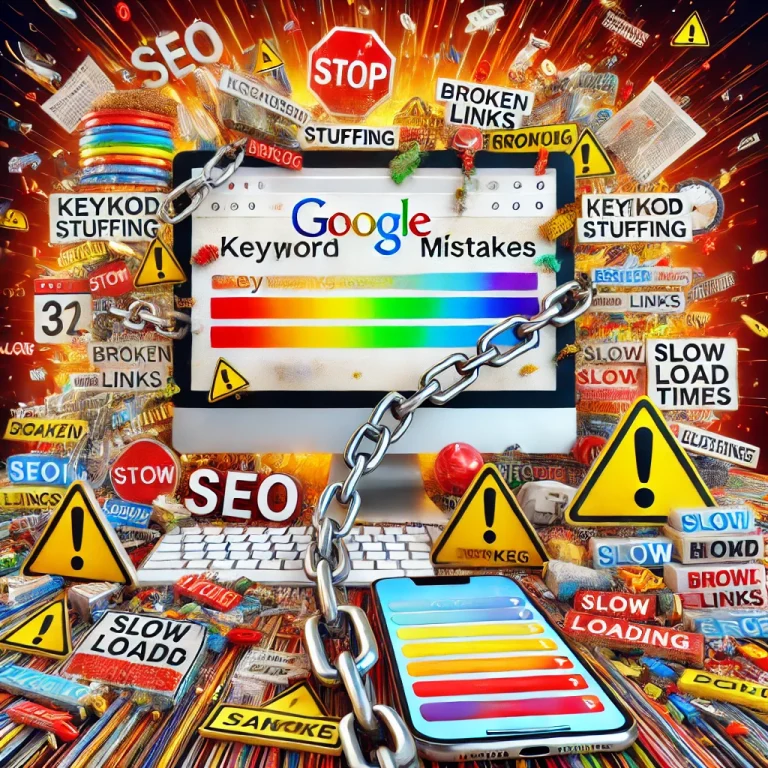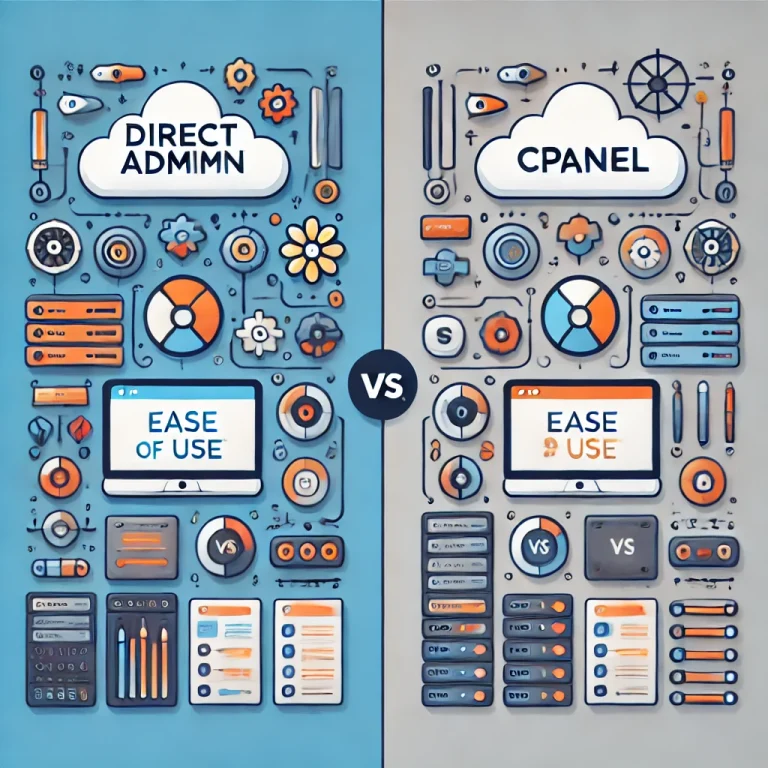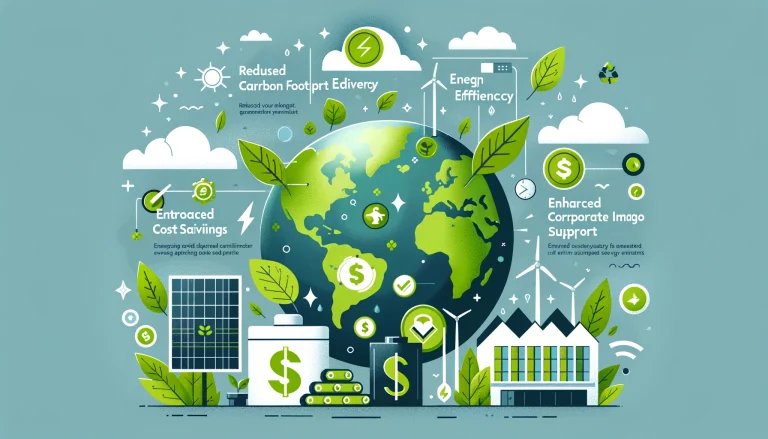How to Start a Blog in 2024: Your Ultimate Guide to Success
Starting a blog in 2024 is an exciting and rewarding endeavor. Whether you want to share your passions, create a business, or build a personal brand, blogging offers endless opportunities. This guide will walk you through each step, from choosing a niche to monetizing your blog. Let’s dive in and explore how to start a blog in 2024.

Table of Contents
Introduction
Blogging has come a long way since its inception. In 2024, it continues to be a powerful platform for sharing ideas, building communities, and generating income. Whether you’re looking to turn your passion into a full-time job or simply want a creative outlet, starting a blog can be incredibly fulfilling. This guide will provide you with everything you need to know about how to start a blog in 2024, including practical tips, tools, and strategies to help you succeed.
Choosing Your Niche
Selecting the right niche is crucial to the success of your blog. Your niche should reflect your interests and expertise while also meeting market demand.
Identifying Your Interests
Start by listing topics you are passionate about. These could be hobbies, professional skills, or areas you have extensive knowledge in. Passion for your subject will keep you motivated and engaged.
Analyzing Market Demand
Use tools like Google Trends and Keyword Planner to gauge interest in your chosen topics. Look for niches with steady or growing interest but avoid oversaturated markets unless you have a unique angle.
Niche Research Tools
Utilize tools like Ahrefs, SEMrush, and Ubersuggest to analyze keywords and discover gaps in the market. These tools can help you find topics that have high search volumes but low competition.
Defining Your Target Audience
Understanding your target audience is key to creating content that resonates.
Understanding Reader Personas
Create detailed personas for your ideal readers, including demographics, interests, and pain points. This helps tailor your content to their needs and preferences.
Analyzing Audience Needs
Engage with potential readers through social media, forums, and surveys to gather insights into what they are looking for. Pay attention to their questions and challenges.
Creating Content for Your Audience
Craft content that addresses the specific needs and interests of your audience. Use their language and provide solutions to their problems to build a loyal readership.
Setting Goals for Your Blog
Establishing clear goals will guide your blogging efforts and measure your success.
Short-term and Long-term Goals
Set achievable short-term goals, such as publishing a certain number of posts per month, and long-term goals, like reaching a specific traffic milestone or income level.
Measuring Success
Use tools like Google Analytics and social media insights to track your progress. Monitor metrics such as page views, engagement rates, and conversions.
Tools for Goal Setting
Platforms like Trello, Asana, and Google Sheets can help you organize and track your blogging goals. Regularly review and adjust your goals based on your progress.
Picking a Blogging Platform
Choosing the right platform is essential for your blog’s functionality and growth.
WordPress
WordPress is the most popular blogging platform due to its flexibility and extensive plugin library. It’s ideal for bloggers who want full control over their site.
Blogger
Blogger is a free platform that’s easy to use, making it great for beginners. However, it lacks the advanced features and customization options of WordPress.
Medium
Medium offers a built-in audience and sleek design but has limited customization options. It’s a good choice if you want to focus solely on writing without worrying about site maintenance.
Comparing Platforms
Consider your technical skills, budget, and long-term goals when choosing a platform. WordPress is generally recommended for most bloggers due to its scalability and control.
Selecting a Domain Name
Your domain name is your blog’s address on the internet. It should be memorable, relevant, and easy to spell.
Importance of a Good Domain Name
A good domain name helps with branding and SEO. It’s often the first impression visitors have of your blog.
Tips for Choosing a Domain
- Keep it short and simple
- Avoid numbers and hyphens
- Use keywords relevant to your niche
- Ensure it’s easy to pronounce and remember
Checking Domain Availability
Use domain registration sites like GoDaddy or Namecheap to check the availability of your desired domain name. If your first choice is taken, consider variations or use domain generators for ideas.
Choosing a Web Hosting Service
A reliable hosting service ensures your blog is always accessible and performs well.
Types of Hosting
- Shared Hosting: Cost-effective but can be slower due to shared resources.
- VPS Hosting: Offers more resources and better performance but at a higher cost.
- Dedicated Hosting: Best performance with a dedicated server, ideal for high-traffic blogs.
- Managed WordPress Hosting: Specialized hosting optimized for WordPress blogs.
How to Set Up Hosting
Sign up with your chosen hosting provider and follow their setup guide to connect your domain and install WordPress or your preferred blogging platform.
Designing Your Blog
A visually appealing blog attracts and retains readers.
Blog Themes
Choose a theme that reflects your blog’s style and niche. Many themes offer customization options to make your blog unique.
Customization Tips
- Use a clean and simple layout
- Choose readable fonts and a pleasing color scheme
- Ensure your design is consistent across all pages
Importance of a Mobile-Friendly Design
With a growing number of users accessing blogs via mobile devices, it’s crucial to have a responsive design that works well on all screen sizes.
Creating Essential Pages
Certain pages are fundamental to a professional and trustworthy blog.
About Page
Share your story and the purpose of your blog. This helps build a connection with your readers.
Contact Page
Provide a way for readers to reach you. Include a contact form, email address, and social media links.
Privacy Policy
Explain how you handle user data, especially if you collect email addresses or use cookies.
Terms of Service
Outline the rules for using your blog, including commenting guidelines and intellectual property information.
Writing Your First Blog Post
Your first blog post sets the tone for your entire blog.
Choosing a Topic
Select a topic you are passionate about and that offers value to your readers. Consider evergreen topics that remain relevant over time.
Writing Tips
- Start with a compelling headline
- Write in a conversational tone
- Use short paragraphs and bullet points for readability
- Edit and proofread for clarity and grammar
Structuring Your Post
Include an introduction, main body, and conclusion. Use subheadings to break up the text and make it easier to scan.
SEO Best Practices
- Use relevant keywords naturally throughout the post
- Optimize images with alt text
- Include internal and external links
- Write a meta description that summarizes the post
Developing a Content Strategy
A content strategy helps you plan and organize your posts effectively.
Content Calendar
Create a calendar to schedule your posts in advance. This keeps you consistent and helps manage your time.
Types of Content
Mix different content types such as how-tos, listicles, opinion pieces, and interviews to keep your blog interesting.
Frequency of Posting
Decide how often you will publish new content. Consistency is more important than frequency, so choose a schedule you can maintain.
Repurposing Content
Reuse your content in different formats like videos, infographics, or social media posts to reach a broader audience.
Understanding SEO
SEO is critical for driving organic traffic to your blog.
On-Page SEO
- Use descriptive titles and headers
- Optimize URLs and meta descriptions
- Include keywords naturally in your content
Off-Page SEO
- Build backlinks from reputable sites
- Engage with your audience on social media
- Participate in forums and online communities
Keyword Research
Identify keywords that your target audience is searching for. Use tools like Google Keyword Planner and Ahrefs to find relevant keywords with high search volume and low competition.
Tools for SEO
- Yoast SEO: Helps optimize your WordPress blog for search engines.
- SEMrush: Comprehensive SEO tool for keyword research and competitor analysis.
- Google Analytics: Tracks your blog’s performance and visitor behavior.
Promoting Your Blog
Promotion is essential to attract readers and grow your blog.
Social Media Strategies
Share your posts on social media platforms like Facebook, Twitter, Instagram, and LinkedIn. Use relevant hashtags and engage with your followers.
Guest Posting
Write guest posts for other blogs in your niche to reach new audiences and build backlinks to your site.
Email Marketing
Send regular newsletters to your subscribers with updates and exclusive content. Use tools like Mailchimp or ConvertKit to manage your email list.
Networking
Connect with other bloggers and influencers in your niche. Collaborate on projects and share each other’s content to expand your reach.
Building an Email List
An email list is a valuable asset for any blogger.
Importance of Email Lists
Email marketing allows you to build a direct relationship with your readers and drive traffic to your blog.
Tools for Email Marketing
- Mailchimp: Easy-to-use platform with a free plan for beginners.
- ConvertKit: Designed for bloggers with powerful automation features.
- AWeber: Offers robust features and excellent customer support.
Strategies to Grow Your List
- Offer a lead magnet like an ebook or checklist in exchange for email sign-ups
- Use pop-ups and opt-in forms on your blog
- Promote your email list on social media
Monetizing Your Blog
There are several ways to generate income from your blog.
Affiliate Marketing
Promote products or services and earn a commission for each sale made through your referral links. Choose products that are relevant to your niche and audience.
Sponsored Posts
Partner with brands to create sponsored content. Ensure the products or services align with your blog’s values and audience.
Selling Products or Services
Offer your own products or services, such as ebooks, online courses, or consulting services. This allows you to leverage your expertise and provide value to your readers.
Ad Networks
Join ad networks like Google AdSense or Mediavine to display ads on your blog. Earnings depend on your traffic and the type of ads shown.
Analyzing Blog Performance
Regularly analyze your blog’s performance to understand what’s working and what needs improvement.
Key Metrics to Track
- Traffic: Number of visitors to your blog
- Engagement: Time spent on your site, comments, and social shares
- Conversions: Email sign-ups, product sales, or other desired actions
Tools for Analytics
- Google Analytics: Provides detailed insights into your blog’s traffic and user behavior.
- Jetpack: Offers basic analytics for WordPress blogs.
- Crazy Egg: Visualizes user interactions on your blog with heatmaps.
Adjusting Your Strategy
Use the insights from your analytics to refine your content strategy, optimize your posts, and improve your promotion efforts.
Staying Consistent and Motivated
Maintaining consistency and motivation is key to long-term blogging success.
Time Management Tips
- Set aside dedicated time for writing and promoting your blog
- Use productivity tools like Trello or Asana to stay organized
- Break tasks into manageable chunks to avoid feeling overwhelmed
Dealing with Writer’s Block
- Keep a list of blog post ideas for inspiration
- Take breaks to recharge your creativity
- Collaborate with other bloggers to spark new ideas
Staying Inspired
- Follow other blogs in your niche
- Attend blogging conferences and webinars
- Engage with your audience for feedback and encouragement
Legal Considerations for Blogging
Stay informed about the legal aspects of blogging to avoid potential issues.
Copyright Issues
Respect copyright laws by using original content or properly licensing images and other media.
Disclosure Requirements
Disclose any sponsored content, affiliate links, or partnerships to maintain transparency with your readers.
Privacy Laws
Comply with privacy laws like GDPR by informing users about data collection and allowing them to opt out.
Resources and Tools for Bloggers
Use the right tools to streamline your blogging process and enhance your content.
Writing Tools
- Grammarly: Checks grammar and spelling
- Hemingway Editor: Improves readability
- Scrivener: Helps organize long-form writing
Graphic Design Tools
- Canva: Easy-to-use design tool for creating visuals
- Adobe Spark: Offers templates and design tools for social media graphics
- Piktochart: Great for creating infographics
SEO Tools
- Yoast SEO: Optimizes your WordPress blog for search engines
- Ahrefs: Provides comprehensive SEO analysis and keyword research
- Moz: Offers tools for SEO, link building, and site audits
Productivity Tools
- Trello: Helps organize tasks and manage projects
- Evernote: Note-taking app for capturing ideas on the go
- Google Drive: Cloud storage for storing and sharing documents
Future Trends in Blogging
Stay ahead of the curve by embracing future trends in blogging.
AI and Blogging
AI tools can assist with content creation, editing, and SEO optimization, making blogging more efficient.
Video Content
Incorporating videos into your blog can enhance engagement and attract a broader audience.
Voice Search
Optimize your content for voice search to stay relevant as more users turn to virtual assistants for information.
Interactive Content
Interactive elements like quizzes, polls, and calculators can boost engagement and make your content more dynamic.
Conclusion
Starting a blog in 2024 offers numerous opportunities to share your voice, connect with others, and potentially generate income. By following the steps outlined in this guide, you’ll be well on your way to creating a successful blog. Stay consistent, keep learning, and most importantly, enjoy the journey. Happy blogging!
FAQs
What is the best platform to start a blog?
WordPress is widely recommended due to its flexibility and extensive features. It’s suitable for beginners and advanced users alike.
How often should I post on my blog?
Consistency is key. Start with a schedule you can maintain, such as one post per week, and adjust based on your capacity and audience engagement.
How can I drive traffic to my blog?
Promote your blog on social media, engage in guest posting, use SEO techniques, and build an email list to drive traffic.
Is it necessary to have a niche for my blog?
Having a niche helps you target a specific audience and establish authority in a particular area, which can lead to more engaged readers and higher traffic.
How do I monetize my blog?
Common monetization methods include affiliate marketing, sponsored posts, selling products or services, and joining ad networks.
Do I need to disclose affiliate links on my blog?
Yes, it’s important to disclose any affiliate links to maintain transparency and comply with legal requirements.
How do I choose a good domain name for my blog?
Choose a domain name that is short, memorable, and relevant to your niche. Avoid using numbers and hyphens for better readability and SEO.
Can I start a blog for free?
Yes, platforms like Blogger and WordPress.com offer free plans, but investing in a custom domain and hosting can provide more control and professional appearance.
What are some essential pages to include on my blog?
Include an About page, Contact page, Privacy Policy, and Terms of Service to provide necessary information and build trust with your readers.
How do I stay motivated to blog consistently?
Set realistic goals, create a content calendar, engage with your audience, and stay inspired by following other bloggers and trends in your niche.






